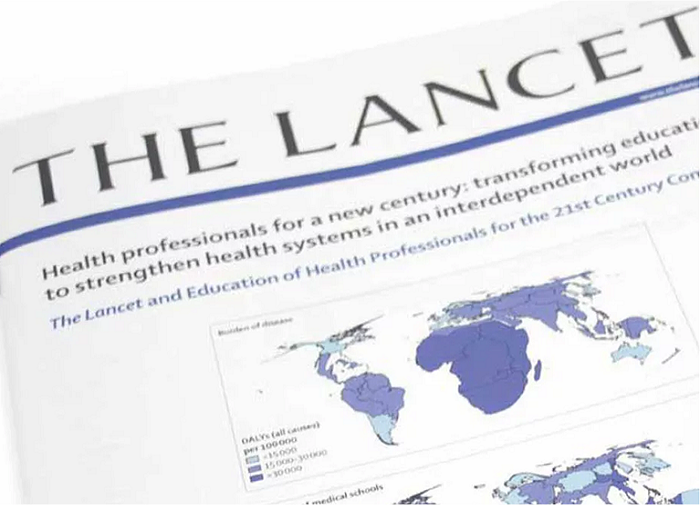
The highest-rated journal of medicine LANCET (journal impact factor – 62) published an article on the epidemiology and organization of care for patients with migraine with the participation of Professor of the Department of Hospital Therapy and Emergency Medicine, Head of the International Center for the Treatment of Headache Europe-Asia, MD Lebedeva Elena Razumovna. https://www.thelancet.com/journals/lancet/article/PIIS0140-6736(20)32160-7/fulltext Professor Lebedeva E.R is the head of the WHO headache program in the Sverdlovsk region, led a project to assess the epidemiological data and the quality of treatment and diagnosis of headaches in the Ural region. According to the research results of E.R. Lebedeva 4 articles in the European Journals Q1 have been published.
In 2016, under the leadership of Lebeeva E.R., the Candidate’s thesis, Cobzawa N.R., is defended. The results of the dissertation research on the assessment of the quality of diagnosis and treatment of headaches in Russia in three different social groups are cited in this article in the Lancet (Lebedeva ER, Kobzeva NR, Gilev DV, Olesen. Cephalalgia. Mar 2017; 37 (3): 225-235. doi: 10.1177 / 0333102416642603). https://usma.ru/wp-content/uploads/2021/03/The-quality-of-diagnosis-and-management-of-migraine-and-tension-type-headache-in-three-social-groups-in-Russia-3.pdf
The main content of the Lancet article is set out below. https://usma.ru/wp-content/uploads/2021/03/Migraine-epidemiology-and-systems-of-care.pdf
Migraine is a neurovascular disease that affects over 1 billion people worldwide. Migraine not only has a high prevalence, but also leads to significant economic losses associated with disability, loss of work due to constant excruciating headaches, and in addition, reduces the quality of life of patients and has a number of negative consequences not only for those who suffer migraines, but also for their families, colleagues, employers and society. A concerted effort is needed to improve the diagnosis and treatment of migraine, which must be supported by public health policies. In the article, the authors summarized data on the epidemiology of migraine, including an assessment of its impact on the world community.
Researchers note problems that continue to hinder the provision of adequate care to patients around the world. The authors show the benefits of integrated and coordinated care systems in which primary and specialized care complement and support each other.
The article notes that the use of protocols should ensure continuity of treatment between different levels of care. In addition, the article describes the problems in low- and middle-income countries, including countries with low levels of health education, low availability of medicines and inadequate training of health workers, which lead to errors in diagnosis and wasted use of resources.